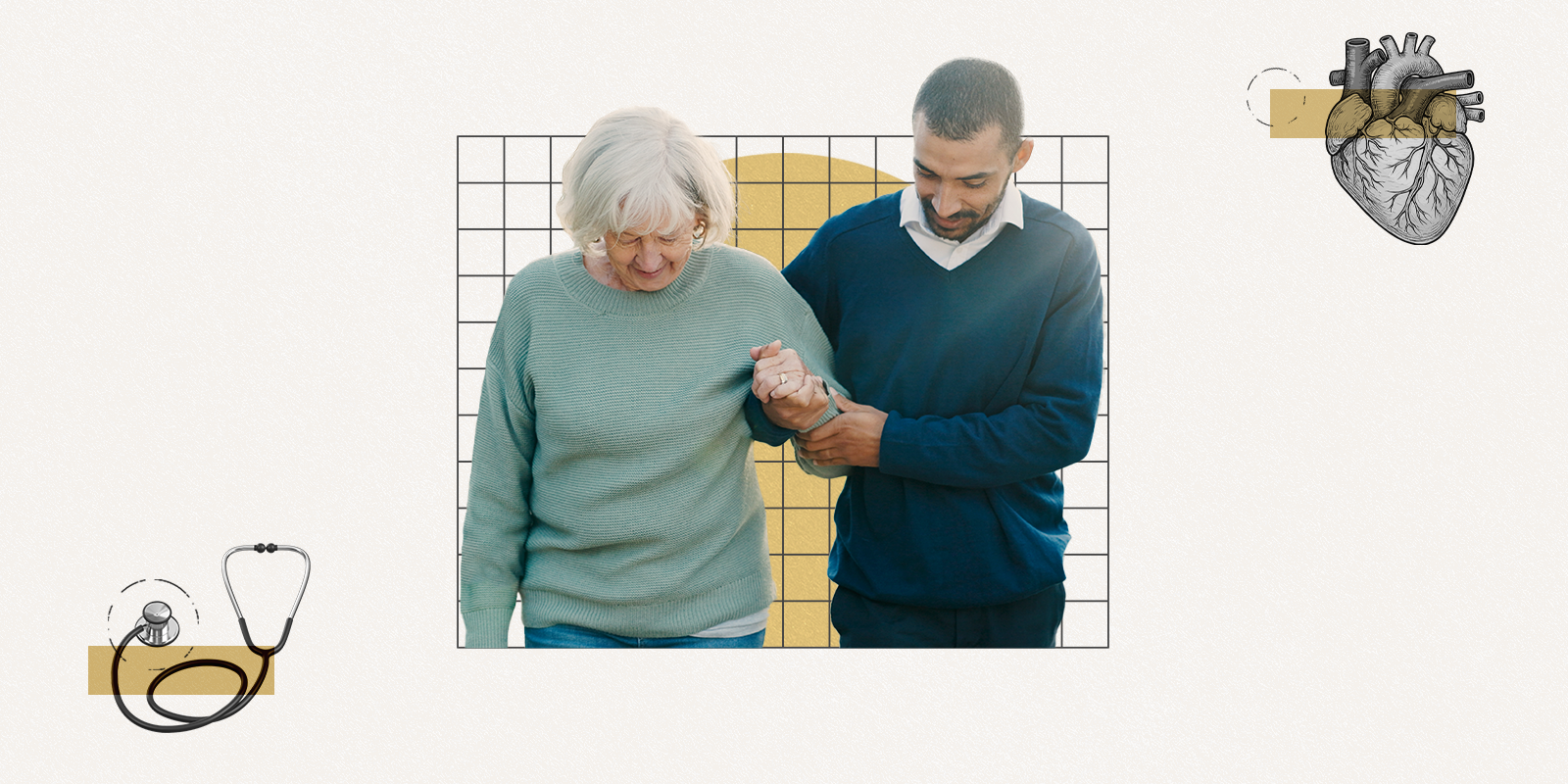The last time JJ Keller shot up methamphetamine (meth) was about five years ago. His tolerance for the powerful stimulant had grown so high, the final dose sent him – already homeless and hopeless – spiraling into a psychotic state that grew so dark, he tried to kill himself.
He failed, and in the morning light, after reading senseless texts sent to his younger sister in the middle of the night that he didn’t remember writing, he checked himself into a hospital.
“It was scary,” Keller said of losing complete control of his brain to a drug that had rapidly overpowered his life. “I thought I was dying.”
The reception and care he received at a Brooklyn, N.Y., hospital changed Keller’s downward path, and his experience now helps shape other patients’ lives in the Denver-metro area through his peer counseling and work with a research-based program called BEAT Meth.
This is the fifth article in a CU Anschutz Newsroom series exploring addiction, a serious public health issue our doctors and researchers are working hard to address.
See other articles in the series.
As Keller knows, meth addiction can affect anyone and dramatically derail lives. The illicit drug – once cooked up in illegal labs in the U.S. and now mostly smuggled in by gangs and drug traffickers – can induce dangerous hallucinations and psychotic states lasting days or years, depending on the level of abuse.
“I literally lost everything,” Keller said, which included a marketing job that paid a six-figure salary and had him traveling around the world.
A heavy public health burden
“The patients that you hear about who are out of control on Denver’s 16th Street, who are assaulting police officers and responders, often have methamphetamine as part of that presentation,” said Scott Simpson, MD, MPH, professor and director of the Division of Community, Population and Public Mental Health at the University of Colorado Department of Psychiatry.
Building closures due to methamphetamine contamination have raised public awareness of the pervasiveness of the meth crisis in recent years, and a rising number of meth-related hospitalizations (outpacing opioid-related rates locally) have alerted medical providers to the severity of the growing problem.
“It is the second most commonly implicated drug in overdose deaths (behind opioids),” Simpson said. “And it is disproportionately common among patients who we’re seeing in emergency department (ED) and criminal justice settings.”
‘It touches every status of society’
Estimating the incidence of the stimulant’s use is difficult, with users far exceeding those who become delusional or have brushes with the public health system.
“I mean, I dated a doctor who used it,” Keller said of a heart surgeon who introduced him to meth. It was after Keller left the man, who was also abusive, that he ended up living on the streets of Brownsville, Brooklyn, “a dicey part” of New York City.
Did you know? Emergency department providers fielded over 7.6 million drug use-related visits in 2023, according to the Substance Abuse and Mental Health Services Administration (SAMHSA).
“It touches every status of society,” Keller said. “I know unhoused people who use it to stay awake, so they don't fall into dangerous situations, and then I know other people who use it during exam periods.”
Simpson, co-principal investigator of the BEAT Meth study, works in the emergency departments at UCHealth University of Colorado Hospital on campus and at Denver Health, an affiliated safety-net hospital for uninsured and underserved populations.
“I can tell you clinicians, physicians and nurses who are on the ground seeing these patients, they feel like they deal with methamphetamine day in and day out, non-stop,” he said. “That was really the inspiration for a lot of this work – the frustration we see of providers trying to manage this illness.”
Broad identification codes used within the healthcare system make pinpointing, treating and tracking patients difficult, one of the issues Simpson’s team is working to fix. “The ICD tech code for methamphetamine use is the same for caffeine use disorder,” Simpson said. “It’s just another stimulant-use disorder.”
What to Know About Methamphetamine
Methamphetamine is a stimulant that is approved as treatment for attention deficit hyperactivity disorder (ADHD) and as short-term treatment for obesity with a non-refillable prescription.
Most meth in the U.S., however, is illegally purchased, manufactured or trafficked. It is used in powder or crystal form recreationally. Methamphetamine is most frequently smoked but can also be snorted, injected or taken orally. Illicit meth may be contaminated with other drugs of abuse, including fentanyl.
Meth users get that dopamine rush that comes with pleasurable activities, such as from a run (a runner’s high) or a rollercoaster ride. “But with meth, you're getting 10 times that rush of chemical dopamine,” said JJ Keller, former user and current peer recovery specialist. The sense of euphoria from a “hit” is short-lived, however, driving some people to keep using to maintain that high. Soon, tolerance builds up.
“We don’t feel that same rush.” So, doses are increased. “We try to chase that dragon, as we say – go after that very first rush that we had the first time. And we can never get there. Then the ‘crash’ becomes so much harder. Even at baseline, we feel horrible.” The cycle continues, sometimes leading to psychosis, suicide or overdose if a person doesn’t find help.
“We feel horrible. We can't sleep. It's such a powerful stimulant, you can go for 48 hours, 72 hours or more not being able to find a really restful sleep. It affects the appetite as well.” Keller’s 6-foot frame fell to 115 pounds when he was using meth. “We start seeing things that aren't there – often horrible visual and auditory hallucinations. We feel itchy. We feel like bugs are crawling underneath our skin.”
Methamphetamine use causes increased alertness, talkativeness, decreased appetite and feelings of euphoria.
Rapid heart rate, irregular heartbeat, high blood pressure, stroke, heart attacks or death. Longer-term use can lead to insomnia, memory loss, organ damage (liver, heart, brain, kidney), severe dental problems and addiction. Meth alone or combined with fentanyl contributes to the U.S. overdose crisis.
Anxiety, depression, cognitive impairment, hallucinations, paranoia, violence or aggression, impulsive behavior, suicidal thoughts and behaviors.
If you or a loved one are in crisis, call or text 988. To start methamphetamine addiction treatment at Denver Health, call 303-436-5711. Find local help here: CU Anschutz Medical Campus Resources or nationwide resources here: SAMSHA National Helpline.
‘There’s nothing I can do’
As with Keller, meth users who walk through hospital doors have frequently hit “rock bottom,” often having lost homes and relationships and presenting in agitated, delusional and difficult states.
Since BEAT Meth launched as a pilot project in 2020, Simpson has seen stigma, negative perceptions and misinformation impact the level of care overwhelmed providers give methamphetamine users.
“Oftentimes, there’s a sense by providers and first responders that, ‘Well, there’s nothing I can do as a provider. There’s no treatment this patient can find. They just have to be ready to stop,’” Simpson said. “And if all the docs you’re seeing have that philosophy, then no one gets referred for care.”
Keller knows how lucky he was to have such a warm reception that morning he sought help. “I had a team of psychiatrists and counselors who saw me for who I was, who saw me as a person, rather than stigmatizing me as an addict, and it allowed me that space to feel safe.”
A peer counselor and a recovery program at the LGBTQ center in New York that understood substance use issues specific to the community helped Keller find success before moving to Colorado for a new start.
Now Keller works with patients, mostly youth, as a peer specialist at Denver Health and offers his first-person perspective to Simpson and colleagues to help more people find the kind of care he received.
Intervention fuels success
Simpson and his co-primary investigators – Deborah Rinehart, PhD, associate professor of medicine, and Alia Al-Tayyib, PhD, MSPH, clinical professor in the Colorado School of Public Health – have shown the power of early onset emergency department care through their data.
The BEAT Meth team trained providers and implemented standard work for identifying and treating patients suspected of having methamphetamine psychosis. The plan includes a direct admission pathway to inpatient psychiatric care, rather than just trying to detox and discharge ED patients quickly.
“And we saw that we almost tripled the likelihood that those patients were attending outpatient services after their hospital admission,” Simpson said.
The team leveraged that early data and won a Centers for Disease Control and Prevention grant for a randomized controlled trial, which is ongoing and proving effective.
Did you know? While recovery with therapy is possible, treatments for methamphetamine use disorder are lacking, inspiring innovative research on campus. The CONA (Colorado Neuromodulation of Addiction) Lab is currently conducting clinical trials on deep brain stimulation (DBS) and transcranial magnetic stimulation (TMS) for meth users.
Simpson attributes the program’s success to three key elements:
- Spending more time with patients in the ED. “The course of methamphetamine is such that you need that longer period of time for people to pass through intoxication and withdrawal and get to a place where you can engage them in treatment. It’s just a different drug than opioids and alcohol.”
- Providing medications to ease symptoms. “We offered antipsychotics and benzodiazepines –treatment for withdrawal symptoms. And that didn’t happen (in EDs) very often, especially if you have a really short-staffed emergency department and you are trying to get people out.”
- Overcoming the cultural barriers to providing an effective standard of care. “I think this is the biggest difference: changing provider beliefs that ‘there’s nothing I can do as a provider.’”
Finding support offers hope
The BEAT Meth team will continue its work and focus on sharing what it has learned about identification, “warm handoffs” and effective steps toward recovery by encouraging early and positive intervention from healthcare providers.
Keller, too, will carry on, helping to shift the stigma and blame that he says buries patients with substance use disorders in shame and threatens their chance of recovery.
“I didn’t want to open up to anyone, because I was the first person just beating myself up for going down that path. Then, getting to see 10 other people in the same room who were battling the same disease, who felt that same way, hopeless and abandoned, was eye-opening,” he said. “There is hope, because we're not alone.”
Featured photo at top: JJ Keller, a peer recovery specialist for Denver-area youth who struggle with substance use disorders.
Spinning the Wheel for Recovery
Creators behind the BEAT Meth program thought outside the box in using contingency management, a rewards-based therapy and the best evidence-based therapy so far for stimulant use disorders.
They thought: Why not offer emergency department patients in the depths of their addiction an incentive to talk with a navigator, even if they aren’t ready to quit?
The “linkage navigator” points people to resources to get them on a path to recovery, such as social programs addressing lack of housing, work and transportation.
Patients spin a wheel that gives them a 50% chance of winning a small cash prize. The other spins end on an inspirational quote, such as: Growth begins when we start to accept our own weakness.
For an ongoing BEAT Meth clinical trial, patients spin up to 12 times over 90 days, receiving spins for attending therapy sessions with the first spin happening before they even leave the hospital or detox facility.


.png)

